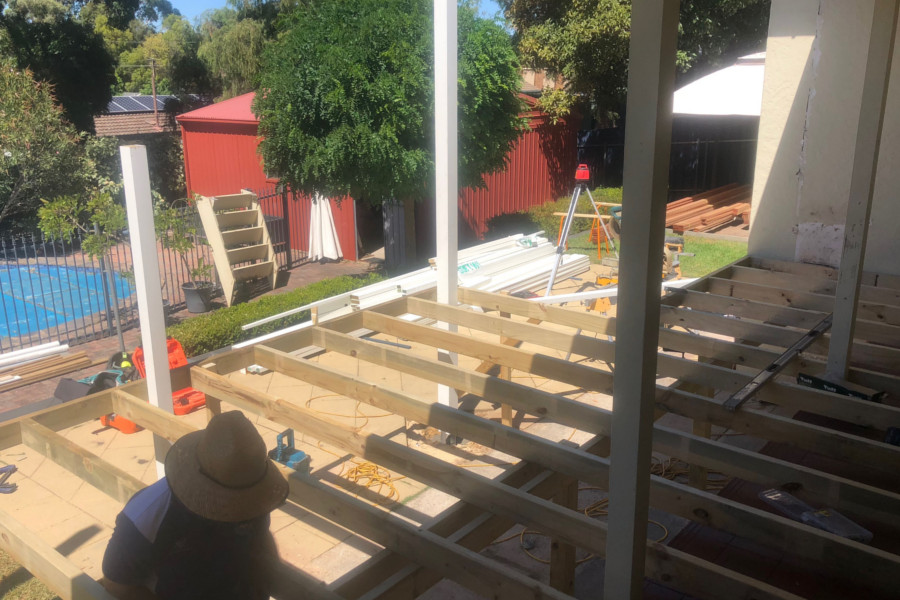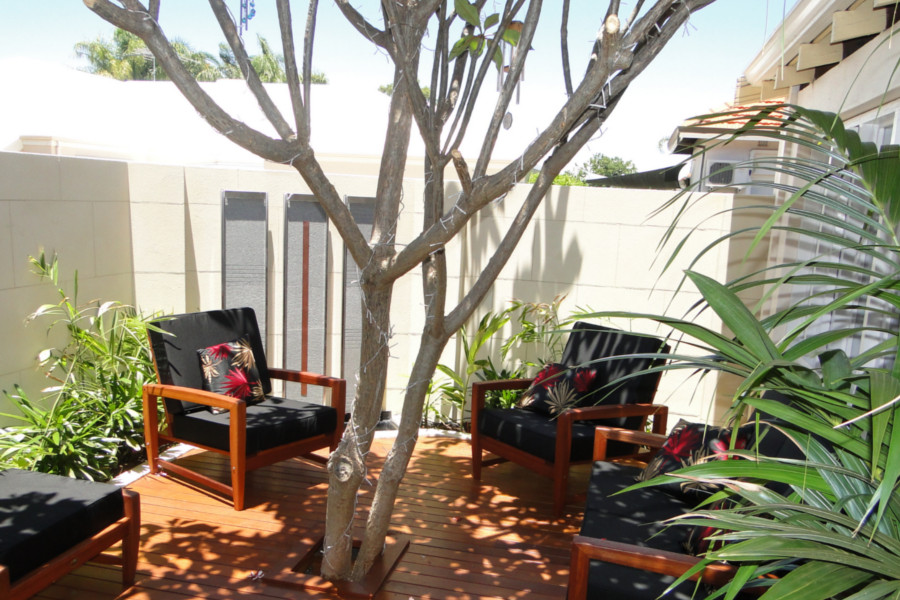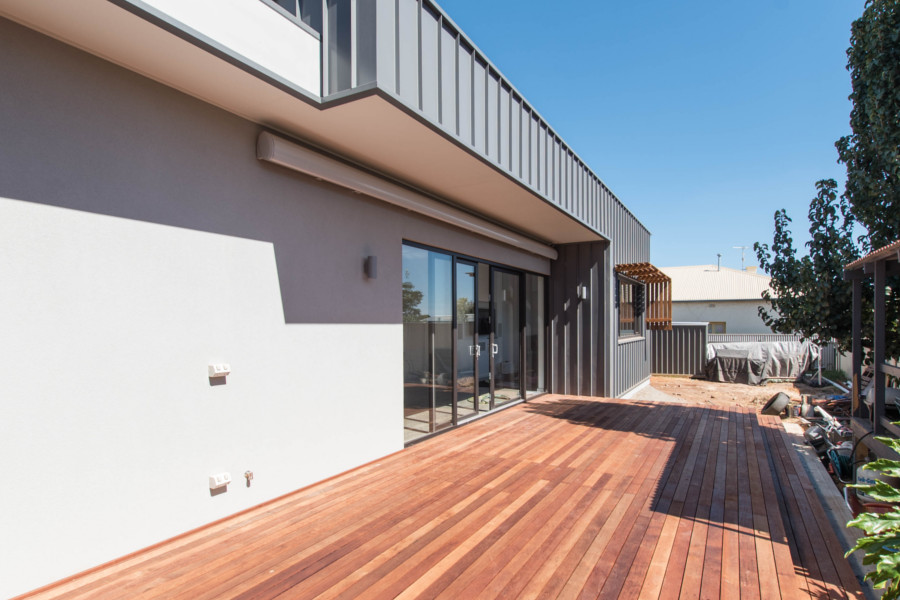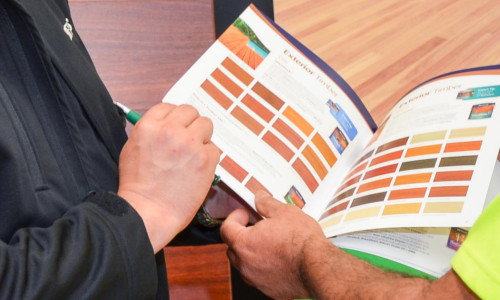
Are you thinking of building a deck, a pergola or some other outdoor living extension? We’ll say it outright: build with timber. Here are a some of the utterly compelling benefits of building with timber.
Environmental and Sustainability Benefits
Everything we do affects, in some way, everyone and everything else. So when we build a structure this affects the environment in some way. Of course what we want is for the negative effects to be as minimal as possible. That’s why we see timber as the ideal material for building a deck, pergola and other outdoor extensions.
Timber is one of the most environmentally friendly building material for the following reasons.
- Timber is renewable. Chop down one tree and you can plant several more in its place. This is the very core of sustainability and is possible only with timber.
- Timber requires relatively little energy to produce. Even engineered wood products require far less energy to produce than steel and concrete. This means timber places less strain on energy resources and does not impact the environment as much as producing other building materials.
- Timber stores carbon. Increasing volumes of carbon dioxide and other greenhouse gases in the atmosphere is one of the biggest challenges that beset the environment. Growing trees absorb these greenhouse gases and store them as carbon. They are like sponges that remove these problematic elements and keep them locked in. Problem solved!
- Timber can be recycled. Used timber can be reused as is provided that it is still in fairly good condition. Or it can be broken down and repurposed, used to build something new.
Health Benefits
More and more research is showing that using timber in structures contributes a lot to promoting good health and well being.
- It is a natural insulator. Its structure allows it to retain little pockets of air that serves as a barrier to regulate heat and cold. In the summer timber reduces heat gain, while in the winter it works the opposite way, retaining heat.
- By storing and releasing moisture, these air pockets also help timber regulate humidity and improve air quality, especially indoors. Excessive dryness can irritate our nasal cavities and compromise our resistance to respiratory ailments. On the other hand, excessive moisture is the breeding ground for moulds and other nasty micro-organisms that can also adversely affect your health.
Building Benefits
The process of constructing using timber offers a few benefits other materials cannot.
- Timber is light in weight but surprisingly strong. The strength to weight ratio for many hardwood species exceeds that of steel and concrete by as much as 20 percent.
- It is suited to prefabrication, costs less to transport and is easy to install.
- Timber structures can be built at a quicker pace, using simple handheld tools, in less time and with fewer on-site workers. Construction is quieter and less disruptive. Prefabricated sections, faster builds, less workers and reduced risks of accidents lead to total lower costs.
- Timber is flexible. If you make a minor error you can likely compensate without having to replace materials as you would need to with other materials.
Durability and Maintenance Benefits
Choosing the right treated timber variety for your deck, pergola or other outdoor extension will result in a structure that will last and give you enjoyment for many, many years, sometimes even exceeding the 50-year design life set by the Building Code of Australia.
Maintaining timber optimises its service life. The good news is that timber maintenance is relatively easy and inexpensive especially when you follow a sound monitoring protocol. Selecting the right variety for the structure you are planning to build, applying the right treatment and using best construction practices greatly reduces the need for maintenance.



